The central axis, backbone of Beijing
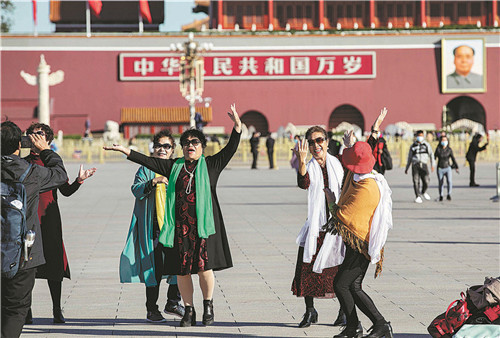
Friends gather in Tian'anmen Square, dancing and singing to the old-time classic I Love Beijing Tian'anmen, Oct 12, 2020. [Photo by Zhang Jie/For China Daily]
The layout of Old Beijing resembles a quadrangle. Standing on the Wanchun Pavilion in Jingshan Park, the highest point of the old city, a central axis can be clearly seen dividing the city in two. The relationship or connection between the city and the central axis is like the middle vertical on the Chinese character zhong (center), from south to north, from the ground to heaven and through the upheavals of history.
The connection between me and the Beijing Central Axis can be traced back more than 50 years. When I first came to live in Beijing, my family was located in Huangsi Compound (No 21 Courtyard in An Deli North Street) on this central axis. This is where my boyhood was spent. At that time, playing and having fun was the center of my life, and I had not realized the significance of the central axis until much later in life.
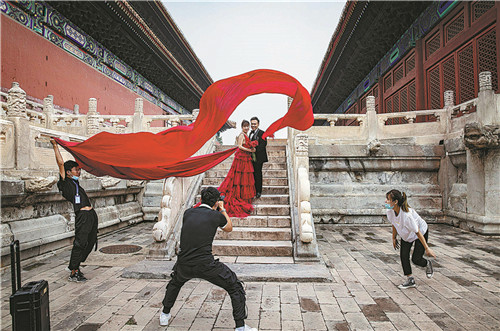
Young people take wedding photos in front of the Imperial Ancestral Temple, Aug 16, 2020. [Photo by Zhang Jie/For China Daily]
Indeed, the scenery and buildings are seared into my memory. One remarkable building is located near our home. Its architecture is said to follow German design with two pairs of four buildings. Three still remain. The children in the compound used to call it the "Rome Building". It escaped demolition because of its location, the former site of the Imperial University of Peking. Consequently it was classified as a key heritage site under State protection. Legends seem to seep from its walls. One of the buildings was built specifically for the Empress Dowager Cixi as a theater stage, but collapsed due to poor maintenance and was demolished in the 1980s.
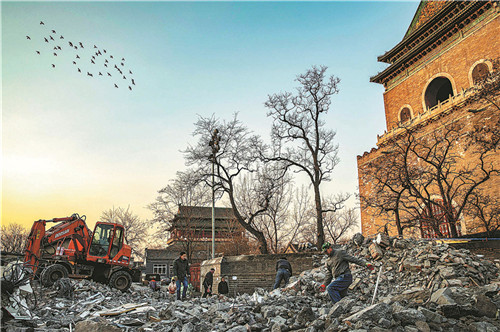
The restoration project of Zhonggulou Square, Dec 8, 2014. [Photo by Zhang Jie/For China Daily]
Going back through the mists of time, I can recall another childhood memory. A clinic of the former PLA General Political Department was located near where my family lived and my mother was a surgeon there. The children from the courtyard neighborhood would often come here to get sick leave to skip class. In this regard my mother apparently was a firm favorite as she was the most easy-going person here. Of course, all my friends could benefit from her largesse but I couldn't. She would know immediately if I was faking illness.
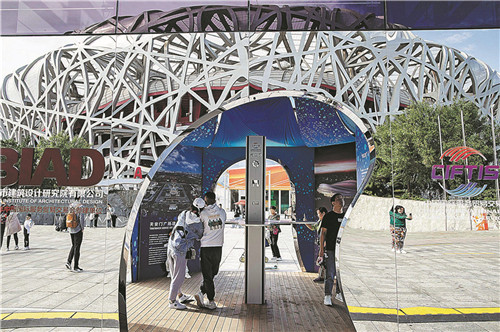
China International Fair for Trade in Services in Beijing Olympic Park, Oct 2, 2020. It's the first international offline trade event after the COVID-19 outbreak. [Photo by Zhang Jie/For China Daily]
Although decades have passed, when friends of my generation recall the past, a common topic is the smiling Doctor Shen. In 1976, when the Tangshan earthquake caused such devastation, one of the "copper balls" used to decorate the vents on the roof fell off. The ball was covered with a copper skin on the outside, but is in fact wood inside. It looks small on the roof, but was actually quite big. The ball was picked up by Song Guihua, father of my childhood friend Song Baosheng. He peeled off the copper skin and made a large washing tub. What's more, the Youth Cooperative of the PLA General Political Department were based in Empress Dowager Cixi's theater tower. In 1981, I joined the "Photography Group" of the cooperative and I started my nearly 40-year career. Fate really does work in mysterious ways.
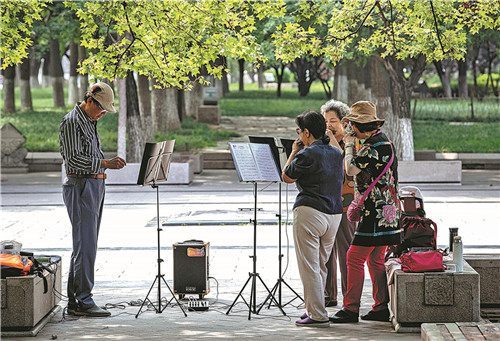
In Yongdingmen Park, several seniors learn the harmonica, Sept 13, 2020. [Photo by Zhang Jie/For China Daily]
On the central axis, there is also a place at the entrance of the Botanical Garden for residents to relax. In fact, back in the 1960s, there was a large peach orchard here. The children in the courtyard often tried to curry favor with Uncle Hao, who was in charge of the orchard, for a few peaches. But when this method didn't work, we took matters into our own hands and sneaked through the surrounding barbed wire to steal peaches. Hao would pretend to chase us but always let us off. Later, the peach trees were too old to bear fruit, so they were felled to build several buildings. This Botanical Garden was built on a small area that had been reserved. Peach grove has long gone, but the memory remains ever deeply lodged in my mind.
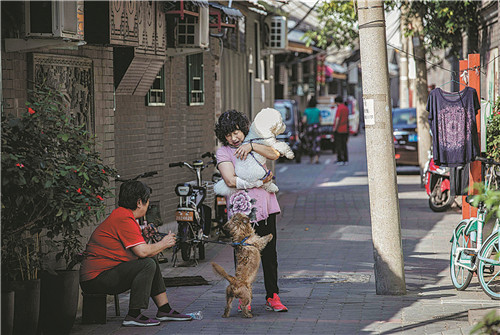
A snapshot of daily life in Xiaoweiying Hutong, Tianqiao, Sept 4, 2020. [Photo by Zhang Jie/For China Daily]
Speaking of the central axis, what could not be neglected is Huangsi Compound. Before 1988, it was a complete compound unit but for the 1990 Asian Games held in Beijing, the courtyard was divided into two parts and the central axis was opened as a consequence.
Consequently, my home here needed to be relocated. In the following decades, after many twists and turns, I went back to living on the central axis around 2000 and haven't left yet. Not far north along the central axis from the Huangsi Compound is Beitucheng, which is also the southernmost point of APEC Landscape Avenue. It used to be called "Panda Roundabout". At the center of the roundabout is a huge white marble sculpture of the panda "Panpan", the Asian Games mascot in 1990. In April 2005, the sculpture was cut and dismantled to make way for a subway station, and the market was closed. Additionally, the roundabout was also turned into a crossroads, from then on Panda Roundabout has become a key point for every Beijinger.
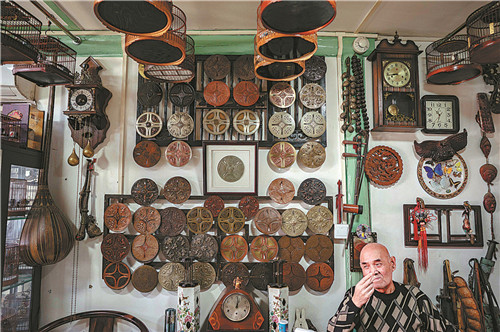
In No 62 Yanshou Street, Qianmen, a 70-year-old owner in his grocery store, March 31, 2019. [Photo by Zhang Jie/For China Daily]
After more than 50 years of changes, today's central axis is 25 kilometers long from Nanyuan to Olympic Park, making it a unique global feature in the planning and construction of the world's major cities.

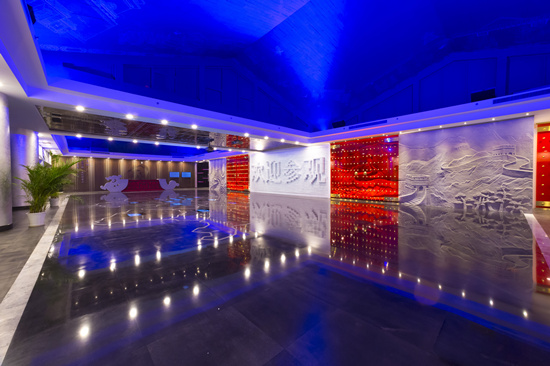 Responsibilities of the SOCAAC
Responsibilities of the SOCAAC Experiencing Beijing 2023
Experiencing Beijing 2023